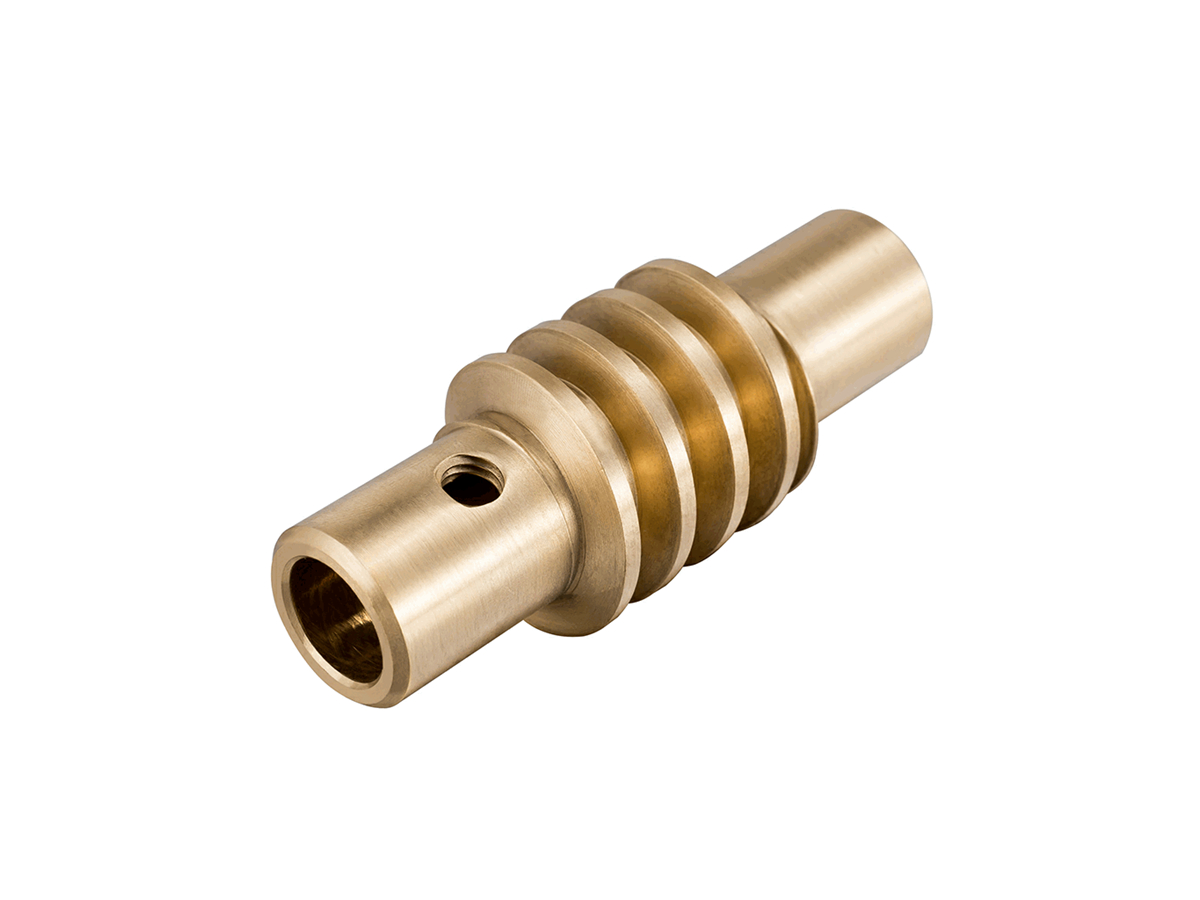CNC Grinding in Agricultural Machinery: Case Study on Aluminum and Bronze Components
Introduction
The agricultural machinery industry demands robust, precise, and durable components capable of withstanding challenging environments, heavy loads, and continuous operational stress. Aluminum and bronze are extensively utilized in agricultural equipment due to their excellent strength-to-weight ratios, corrosion resistance, and reliable mechanical properties, making them ideal for gears, bushings, and structural parts.
Advanced CNC grinding services are crucial in ensuring the accuracy, surface quality, and dimensional integrity required by agricultural equipment. Precision grinding of aluminum and bronze components significantly enhances equipment performance, minimizes downtime, and improves operational lifespan in agricultural settings.
Aluminum and Bronze Materials
Material Performance Comparison
Material | Tensile Strength (MPa) | Yield Strength (MPa) | Wear Resistance | Typical Applications | Advantage |
|---|---|---|---|---|---|
310 | 276 | Moderate | Structural components, brackets | Excellent machinability, lightweight, good corrosion resistance | |
570 | 505 | High | High-load gears, chassis components | Superior strength-to-weight ratio, enhanced fatigue resistance | |
586-655 | 241-448 | Very High | Bearings, bushings, gears | Exceptional wear resistance, excellent corrosion resistance | |
380-480 | 125-365 | High | Springs, connectors, sliding components | Good fatigue resistance, excellent formability |
Material Selection Strategy
Selecting aluminum and bronze for agricultural machinery components requires considering specific performance demands:
Lightweight structural parts requiring excellent machinability: Aluminum 6061-T6 provides a balanced combination of strength and ease of processing.
High-load, fatigue-critical components: Aluminum 7075 ensures superior strength and fatigue resistance suitable for gearboxes and heavy-duty parts.
Components exposed to heavy wear and corrosive conditions: C95400 Aluminum Bronze is ideal for bearings and gears due to its outstanding wear and corrosion resistance.
Precision sliding parts needing formability and fatigue strength: C51000 Phosphor Bronze offers reliability in components that endure repetitive motion and mechanical stress.
CNC Grinding Processes
Process Performance Comparison
CNC Grinding Technology | Dimensional Accuracy (mm) | Surface Roughness (Ra μm) | Typical Applications | Key Advantages |
|---|---|---|---|---|
±0.002-0.01 | 0.2-0.8 | Mounting plates, structural brackets | Precise surface finish, accurate flatness | |
±0.002-0.01 | 0.4-1.2 | Shafts, pins, bearings | Excellent concentricity, consistent diameter accuracy | |
±0.001-0.005 | 0.2-1.0 | Bushings, precision fasteners | High-volume consistency, precise diameter control | |
±0.001-0.005 | 0.1-0.6 | Gear components, intricate fittings | Exceptional dimensional accuracy, high-quality surface finishes |
Process Selection Strategy
Choosing the appropriate CNC grinding process depends on agricultural machinery component requirements:
Flat surfaces with precise dimensional needs: Surface Grinding ensures excellent flatness and consistent surface finish for mounting surfaces.
Rotational and cylindrical components demanding high precision: Cylindrical Grinding offers exact dimensional accuracy and smooth operation.
Mass-produced components with strict diameter consistency: Centerless Grinding achieves reliable results and efficient production.
Complex, high-precision gear and fitting components: Precision CNC Grinding guarantees superior accuracy and surface quality essential for durability and functionality.
Surface Treatment
Surface Treatment Performance
Treatment Method | Corrosion Resistance | Wear Resistance | Temperature Stability (°C) | Typical Applications | Key Features |
|---|---|---|---|---|---|
Excellent (>800 hours ASTM B117) | Moderate-High (HV350-500) | 200-300 | Aluminum chassis, brackets | Enhanced corrosion protection, abrasion resistance | |
Excellent (≥800 hours ASTM B117) | High (HV400-800) | 250-400 | Bronze fittings, bearings | Increased durability, superior corrosion protection | |
Excellent (500-800 hours ASTM B117) | Moderate-High | 200-250 | Structural components, external surfaces | Durable, attractive finish with strong protection | |
Very Good (500-700 hours ASTM B117) | Moderate | ≤200 | Precision fittings, sliding parts | Smooth finish, enhanced corrosion resistance |
Surface Treatment Selection
Surface treatments for aluminum and bronze in agricultural machinery should match environmental and functional demands:
Enhanced corrosion and wear resistance for aluminum components: Anodizing is optimal for extended outdoor exposure.
Heavy-duty bronze parts needing durability and smooth operation: Electroplating ensures superior mechanical performance.
Aesthetic appeal and surface durability: Powder Coating provides robust protection and attractive finishes suitable for visible structural components.
Improved frictional performance and surface cleanliness: Electropolishing ensures smooth sliding surfaces, reduced friction, and better corrosion resistance.
Quality Control
Quality Control Procedures
Dimensional accuracy verification with Coordinate Measuring Machines (CMM) and optical comparators.
Surface roughness inspection using precision profilometers.
Mechanical property testing (tensile and yield strength, ASTM standards).
Corrosion resistance evaluation per ASTM B117 (Salt Spray Testing).
Visual inspections for surface uniformity, aesthetics, and defect detection.
Comprehensive documentation in accordance with ISO 9001, ASTM, and relevant agricultural machinery industry standards.
Industry Applications
Aluminum and Bronze Applications
Structural frames, chassis, and brackets in agricultural equipment.
Bearings, bushings, and gear components are subjected to high mechanical stress.
Precision fittings and sliding elements within agricultural machinery systems.
High-wear fasteners and connectors require consistent dimensional precision.
Related FAQs:
Why are aluminum and bronze ideal materials for agricultural machinery components?
How does CNC grinding improve the lifespan of agricultural equipment parts?
Which surface treatments are recommended for aluminum and bronze components in agriculture?
What standards are used to ensure quality in CNC-ground agricultural components?
How do you choose the appropriate aluminum or bronze alloy for specific agricultural machinery applications?

